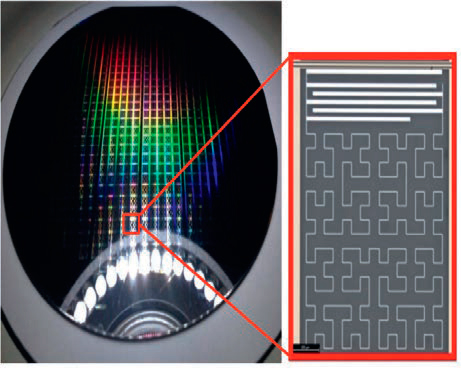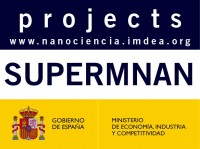SUPERMNAN Micro and Nanofabrication of superconducting detectors for the Far-Mid-IR in the context of SAFARI/SPICA and future missions
PI: Prof. Daniel Granados
-
Funding : MINECO ESP2015-65597-C4-3-R
-
Duration: 2016 - 2017
-
24 months
Direct observation in space exploration is essential for a better understanding of the universe, leading in many occasions the change of paradigm. Pushing the limits of detection of current available technologies and developing new detector technologies is therefore critical for future space missions.
 This project is a coordinated project between CAB-INTA-CSIC and IMDEA-Nanoscience. It focuses on the micro and nanofabrication of superconducting detectors for the Far-Mid-IR, in the context of SAFARI/SPICA and future missions.
This project is a coordinated project between CAB-INTA-CSIC and IMDEA-Nanoscience. It focuses on the micro and nanofabrication of superconducting detectors for the Far-Mid-IR, in the context of SAFARI/SPICA and future missions.
Next generation of astronomical observation instruments requires both large field of view cameras with millions of pixels and a low noise equivalent power (NEP) for a good signal to noise ratio in the detection. Kinetic Inductance Detectors (KIDs) are the ideal choice as they can meet these requirements and are easy to multiplex. In this context, we plan to develop hybrid narrow lines (<300nm) of TiN/Al + NbTiN to push the current state of the art of KIDs technology towards a new detection limit, to meet the baseline specifications for the next generation of FIR instruments to be consider in future missions. In addition, we plan to explore new alternative detection routes to meet these and future requirements, developing new graphenebased superconducting detectors. These detectors will be based in graphene field effect transistors (GFETs), employing superconductor metal electrodes for the emissor-collector, capable of injecting a superconducting current, high K dielectrics (HfO, AlOx) will be used for gate isolation and encapsulation.
This subproject concerns only with the micro and nanofabrication of the detectors, while the simulation, design and characterization will be carried out by the CAB in a different subproject.
http://nanociencia.imdea.org/images/nanociencia/scientific_reports/Scientific-Report-2016.pdf#page=155




